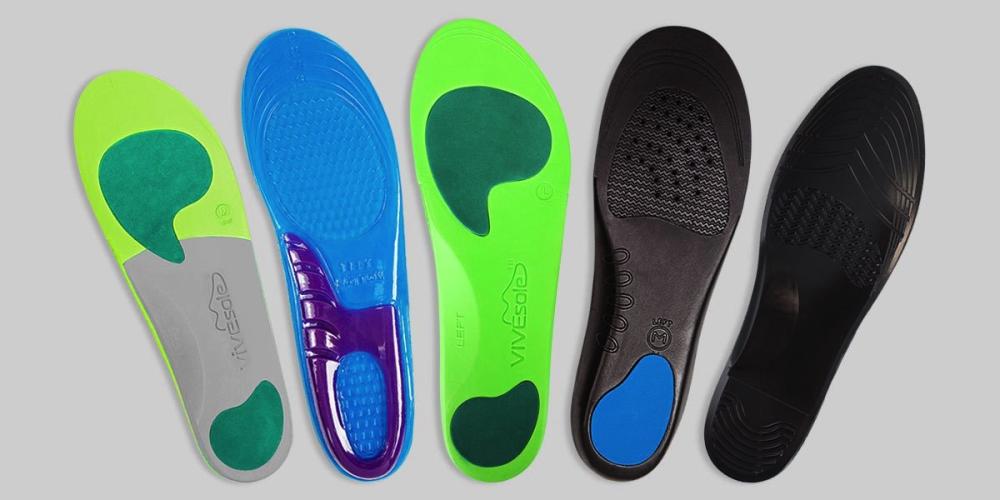Millions of people, especially runners, go shoe shopping every year questioning whether one of the often hundreds of insoles sold in stores and online are a good addition to their footwear wardrobe. In fact, market reports estimate that global revenues from foot insole sales are expected to reach $3.5B by 2020.

Running shoe insoles specifically have long boasted an array of powerful effects like the ability to:
-
Increase running efficiency
-
Provide pain relief
-
Stabilize the ankle and foot
-
Prevent injury
-
Improve overall gait and pronation
-
Reduce stress forces on the foot
But can they really do all that and is it worth the investment?
What Does the Research Say?
The research is mixed when it comes to proving the benefits of orthotic insoles. For example, a 2005 study showed insoles improved walking stability in patients with sports injuries while a British Journal of Sports Medicine meta-analysis of 20 studies reviewing insoles found that foot orthoses were no more effective at improving pain and function in people with plantar heel pain than a placebo.
A 2018 study that compared custom-made to prefabricated insoles worn by recreational athletes found that, in general, insoles help protect against plantar overloading (though custom-made insoles did a better job than prefab ones). And a different 2013 study revealed that lateral wedge insoles didn’t have a significant effect on reducing pain in people with knee osteoarthritis, which many runners may have.
Unfortunately, that’s just the tip of the iceberg when it comes to all the literature out there. The takeaway? It’s hard to nail down the effectiveness of insoles likely because feet vary from person to person. Body mechanics, pronation, gait, walking patterns . . . they simply aren’t identical from person to person and so what leads to injury for one runner may not necessarily for another.
So how are runners supposed to make up their minds regarding whether or not to utilize insoles? Check out the tips below.
Tips for Using Insoles
-
Talk to a physiotherapist, a podiatrist, or other foot specialist. An insole isn’t going to magically cure a more serious underlying fitness injury so if pain, inflammation, and discomfort continue to plague your running habit, seek a comprehensive evaluation from a professional who can formally diagnose what is going on and help you come up with a treatment plan.
-
Keep in mind all the factors at play with good running form. While your foot mechanics are essential, so is posture, cadence, stride length, glute strength, and overall core stability. If your running habit isn’t complemented by some type of flexibility and strength training and you experience an injury, these factors deserve just as much analysis as insoles.
-
Never wear insoles in new running shoes without breaking in the shoes themselves first. You need to derive your own experience with the shoe including how comfortable it is and how it affects your gait before you add running inserts into the mix. A professional gait analysis may also influence your insole decision in a positive way.
Additional Thoughts
On top of thinking about insoles, you may want to vary your running shoe stock altogether. A 2015 study published in the Scandinavian Journal of Medicine and Science in Sports found evidence that runners who rotated through multiple pairs of running shoes may experience less injuries than those who run in the same pair of shoes all the time. Of the 264 runners who participated in the study specifically, those who wore multiple running shoes over the 22-week trial period experienced 39 percent less injuries.
























